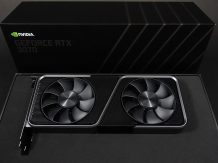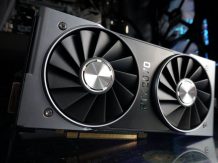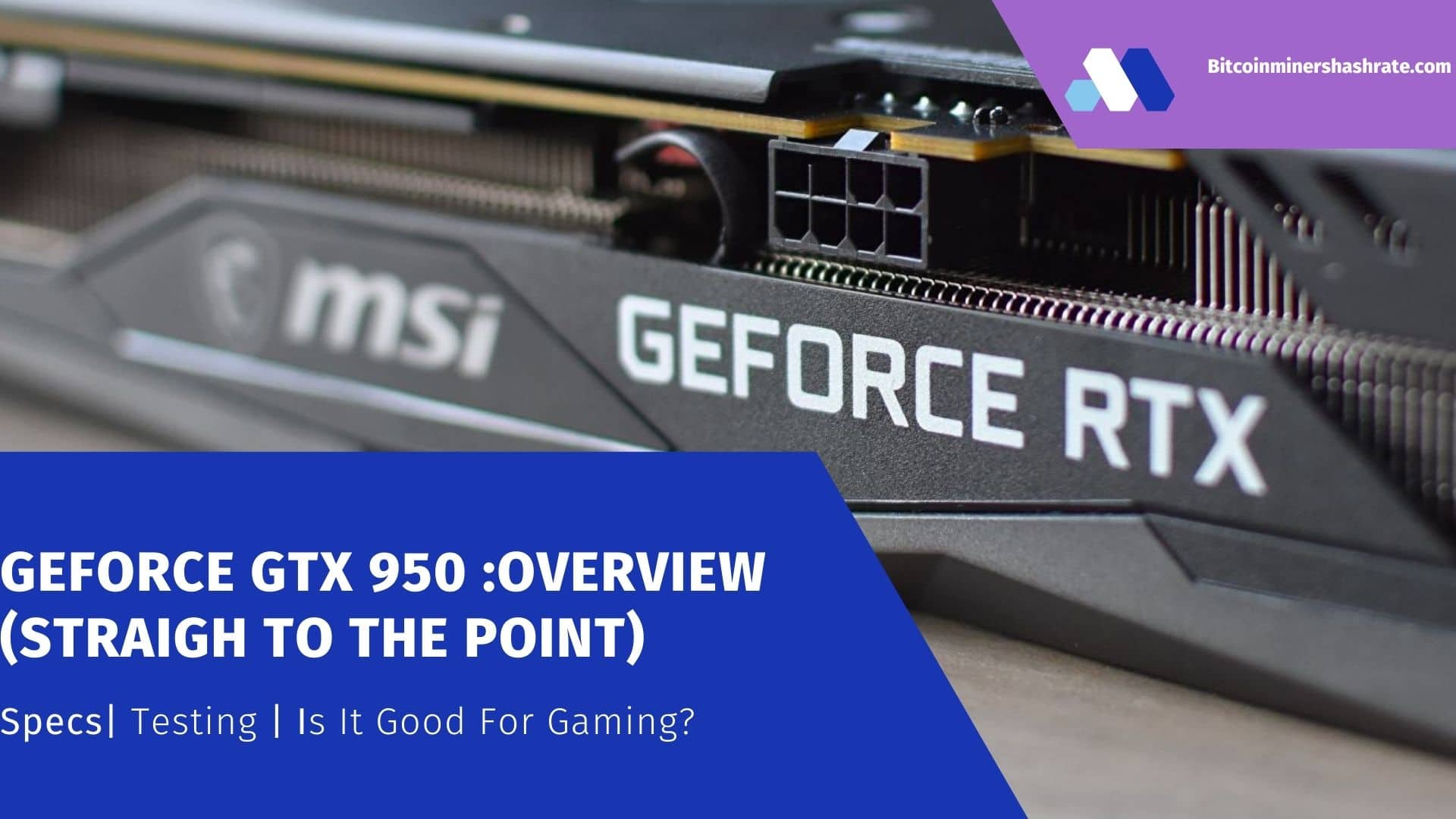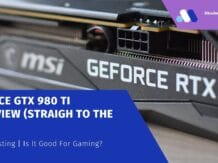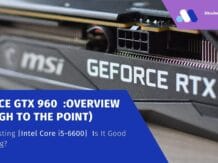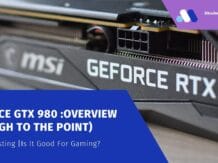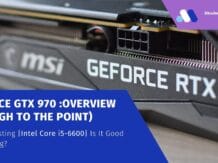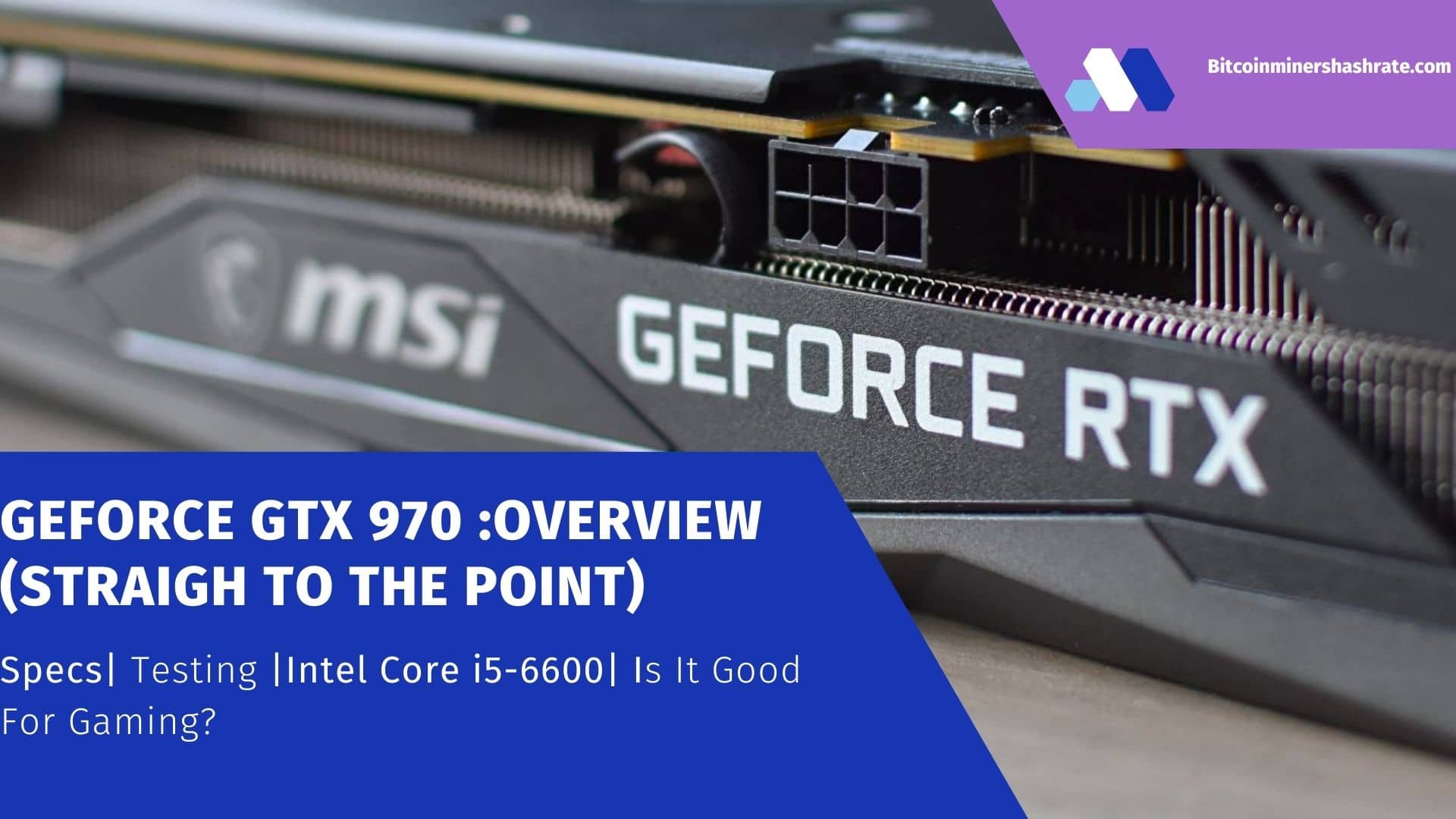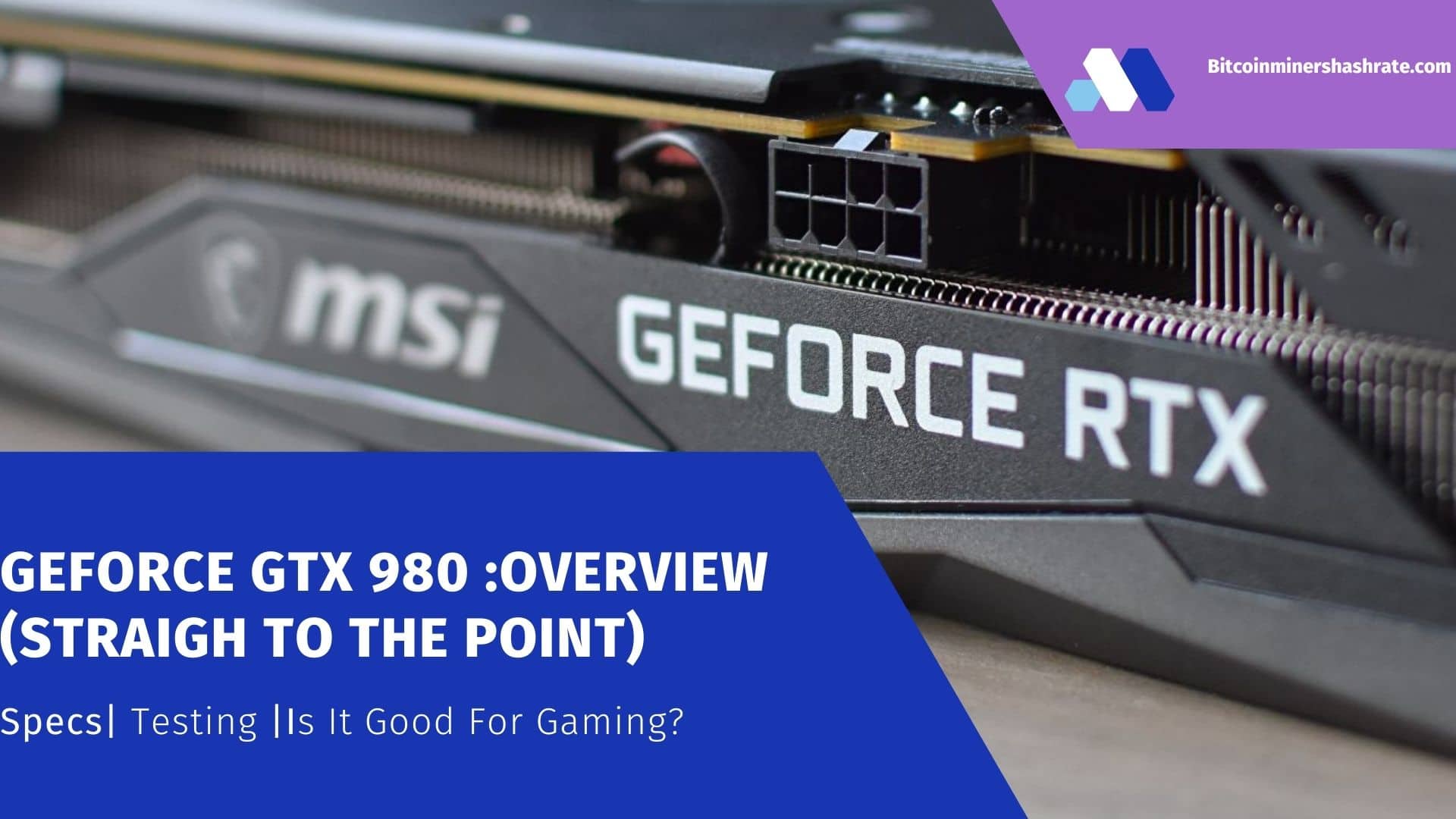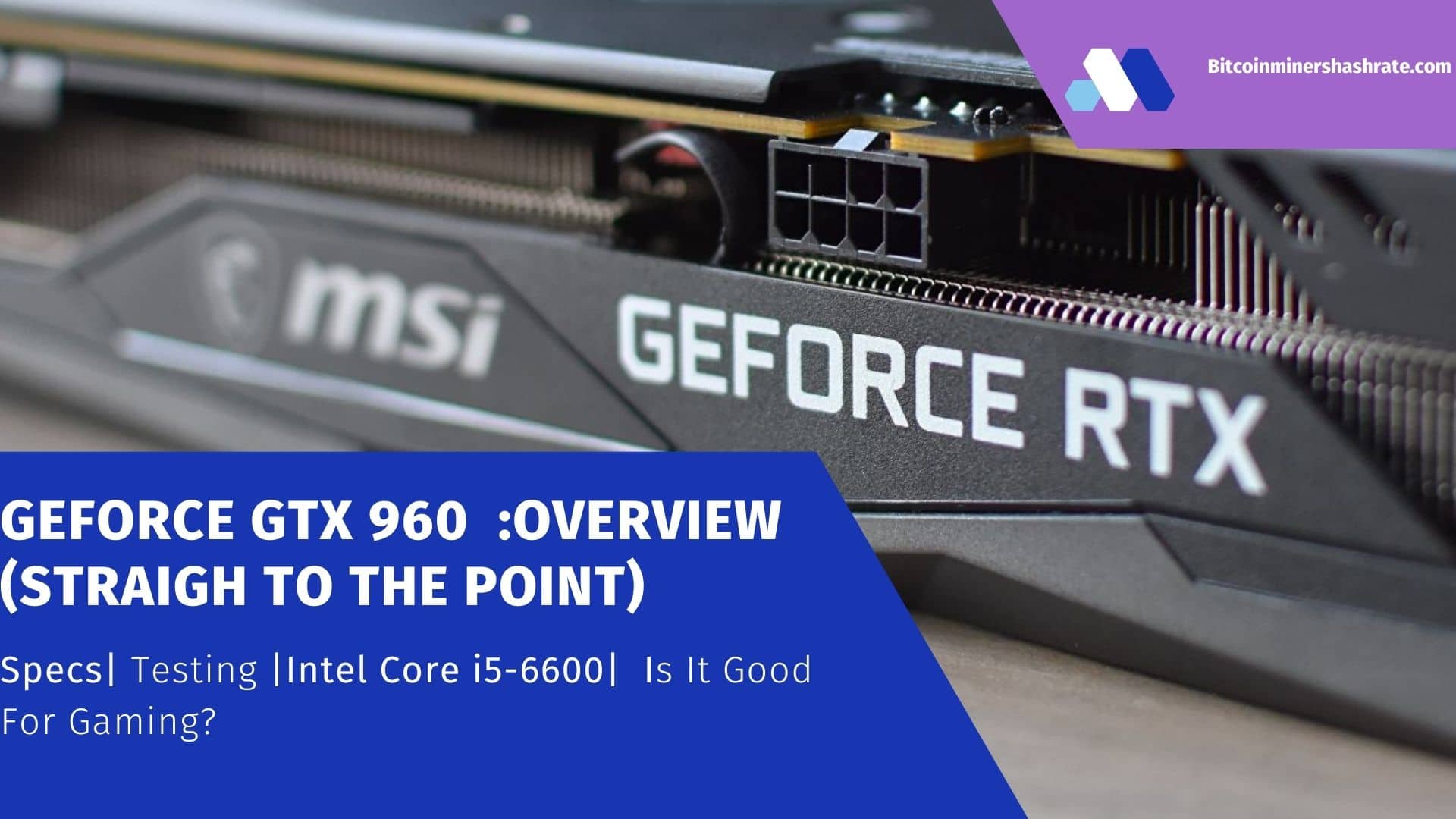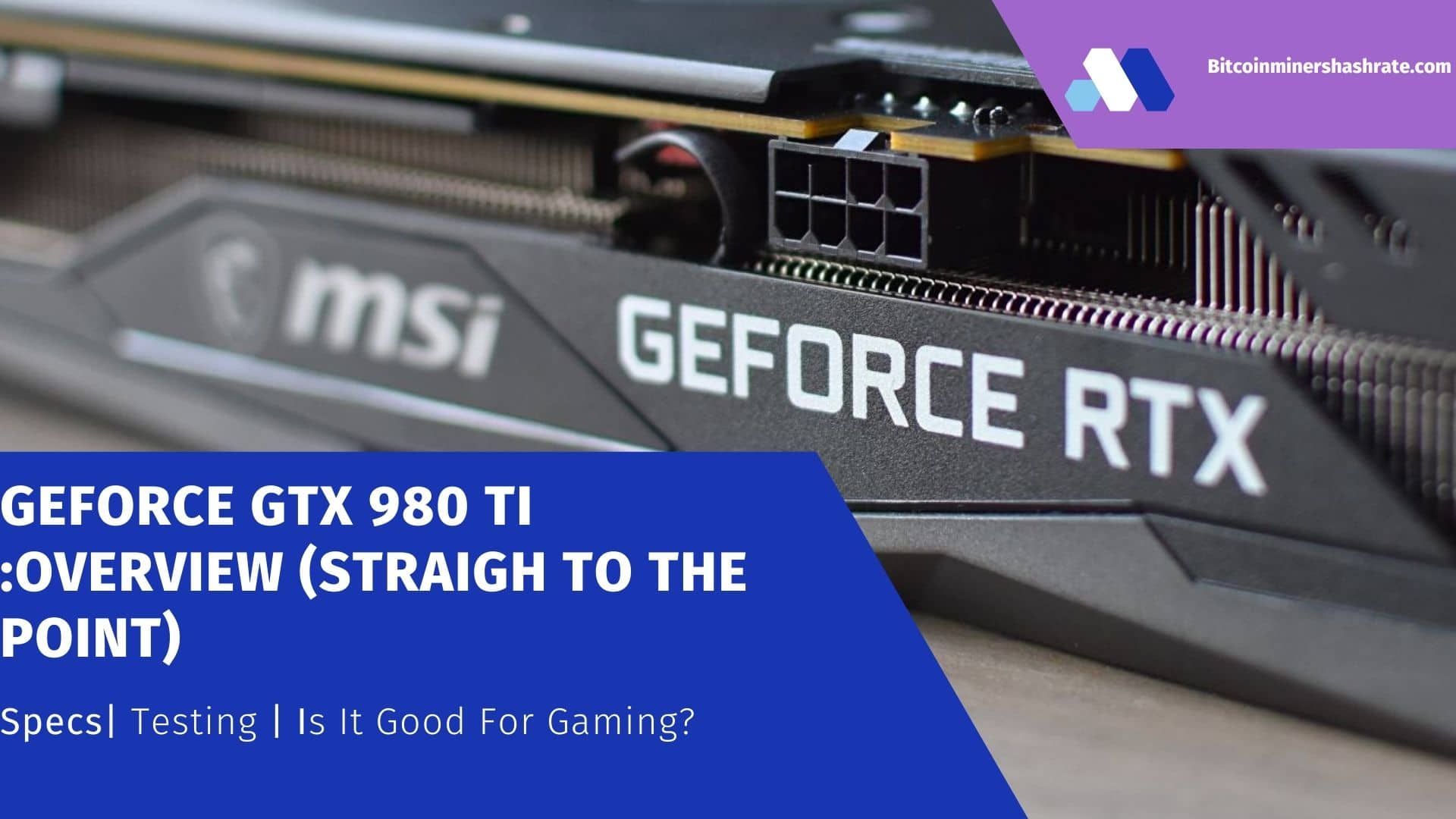GeForce GTX 950: Overview | Specification (Specs)| Testing – Is it Good for Gaming? – The first video card from NVIDIA built on the Maxwell graphics architecture was the GeForce GTX 750 Ti, announced on February 18, 2014, which was positioned as an entry-level model in terms of gaming. At the same time, the heat dissipation of the GTX 750 Ti was only 60 W, which was, in fact, one of the main merits of the new Maxwell.
Introducing the GeForce GTX 950
Seven months later, the top models GeForce GTX 980 and GeForce GTX 970 were born, which were already implemented on the second generation of the new graphics architecture. The gap in performance between these flagships and the 750 Ti model was huge, and in order to fill the resulting middle-class niche, NVIDIA releases the GeForce GTX 960. With a fairly attractive price, this model was designed to satisfy the needs of not particularly demanding users.
Should I Buy A GTX 950 Video Card? – Here is Why
Nobody actually uses the GTX 950 for gaming, right? Well, join me as I explore the possibility of using the GTX 950 for gaming in 2021. I’ve tested this card with a variety of games to help you decide if it’s worth the current price tag!
Games Tested:
- Star Wars Battlefront II
- Fall Guys
- Wreckfest
- Rocket League
- Cyberpunk 2077
- Witcher 3
- PUBG
Hardware used for Benchmarks:
- GTX 950 2GB
- Ryzen R7 1700
- 32GB DDR4 RAM
Expanding the budget line, in August 2015, the “green corporation” presents another of its offspring – GeForce GTX 950. The novelty is based on the GM206 graphics chip, which was previously used as the basis for the already mentioned GTX 960. In fact, the GeForce GTX 950 video card is a slightly “stripped down” 960 model. Let’s take a closer look at the characteristics of the novelty and compare it with the two models of video cards mentioned above.
GeForce GTX 950: Specification (Specs)
| GeForce GTX 950 | GeForce GTX 960 | GeForce GTX 750 Ti | |
| Graphics core | GM206 (Maxwell) | GM206 (Maxwell) | GM107 (Maxwell) |
| Technical process | 28 nm | 28 nm | 28 nm |
| Number of transistors | 2940 million | 2940 million | 1870 million |
| shader processors | 768 | 1024 | 640 |
| texture blocks | 48 | 64 | 40 |
| Processor frequency, base | 1024 MHz | 1126 MHz | 1020 MHz |
| Memory bus width | 128 pages | 128 pages | 128 pages |
| Memory type | GDDR5 | GDDR5 | GDDR5 |
| Memory | 2048 MB | 2048 MB | 2048 MB |
| Memory Bandwidth | 105.6 GB/s | 112.2 GB/s | 86.4 GB/s |
| Interface | PCI-Express 3.0 | PCI-Express 3.0 | PCI-Express 3.0 |
| power usage | 90 W | 120 W | 60 W |
| recommended price | $ 159 | $ 200 | $ 149 |
In games, the GeForce GTX 950 shows quite the expected results. With FullHD resolution, the latest demanding games can be comfortably played at medium-high graphics settings.
Gaming tests* (average FPS![]() ):
):
| GeForce GTX 950 | GeForce GTX 960 | GeForce GTX 750 Ti | |
 The Witcher 3: Wild Hunt The Witcher 3: Wild Hunt | 27 fps | 33 fps | 20 fps |
 GTA 5 GTA 5 | 26 fps | 30 fps | 20 fps |
 Battlefield 4 Battlefield 4 | 48 fps | 57 fps | 36 fps |
 Metro: Last Light Metro: Last Light | 22 fps | 28 fps | 17 fp |
*Maximum graphics quality at 1920×1080 resolution.
Thus, we see that NVIDIA has filled the existing gap between the GTX 960 and GTX 750 Ti by releasing a pretty good budget mid-ranger in the sub-$200 price range that will compete well with the AMD Radeon R7 370.
Testing 16 popular games on the Nvidia GeForce GTX 950 2GB graphics card in 2021
At the time of its release, the GeForce GTX 950 is ranked 22nd in the overall ranking of NVIDIA graphics cards.
